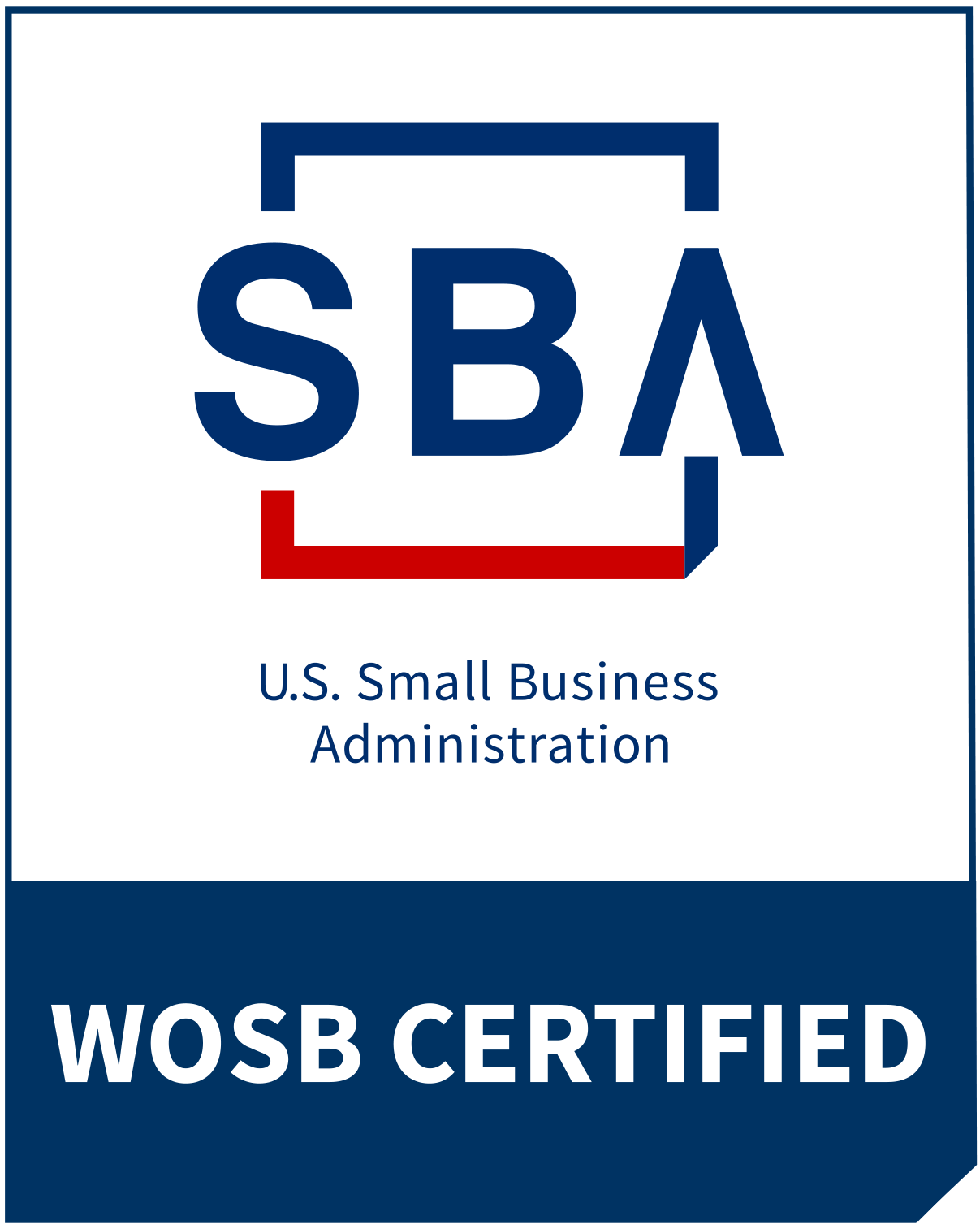How Instructional Design Can Elevate Your Employee Training
- Karen Hairston
- 0 Comments
- July 20, 2023
How Instructional Design Can Elevate Your Employee Training
As business leaders, we understand the pivotal role employee training plays in the success of our companies. Employee training is essential to nurture talent, enhance productivity, and foster a learning culture, all leading to improved employee retention. How many times have you been in a training that was completely “sit-and-get,” which you took nothing away from except possibly a binder that you use as a doorstop? Don’t subject your employees to the same experience! With employee retention a huge issue these days, ensuring effective and engaging training can have an even more significant impact on your bottom line.
So, how can you create effective and engaging training programs that benefit the employees and your company? When it comes to designing effective training programs, one term you may not be familiar with but will find invaluable is “instructional design.” Instructional design is the secret to creating meaningful and impactful learning experiences, thereby boosting the efficacy of your training initiatives. This article aims to demystify instructional design and illustrate its relevance not just to eLearning but across a variety of learning contexts.
What is Instructional Design?
At its core, instructional design is the systematic crafting of engaging learning experiences. This process encompasses the analysis of learner needs, the development of learning objectives, the creation and curation of content and instructional materials, and the determination of teaching strategies and activities that align with learning objectives.
Despite its common association with eLearning, the scope of instructional design extends far beyond. It can be a powerful and versatile tool that significantly enhances learning experiences in corporate training environments and on-the-job training scenarios. For trainers, it offers a systematic framework, making the process more efficient, thus saving valuable time and effort while ensuring the achievement of the desired learning outcomes.
Action Steps for Optimizing Training Programs
Here are some practical steps to optimize the potential of instructional design:
1. Understand Your Learners
Before you can design an effective training program, you must understand your audience – the learners. Investigate their needs, preferences, and learning styles. Knowing your learners will help tailor the training to their requirements, increasing its effectiveness. For instance, if you’re working with a group of visual learners, consider incorporating diagrams, infographics, and videos into your training materials.
2. Establish Clear Learning Objectives
What do you hope your learners will achieve by the end of the training session? Be specific about these learning objectives. They will act as a roadmap for the instructional design process, helping you to determine what content to include and what teaching strategies to use.
3. Create or Curate Relevant Content
Once you’ve defined your learning objectives, the next step is creating or curating content that aligns with them. This might involve developing new instructional materials, such as tutorials or worksheets, or repurposing existing resources that meet your learners’ needs. Remember, the content should be engaging, relevant, and easy to understand.
4. Incorporate a Variety of Teaching Strategies
It’s essential to utilize a variety of teaching strategies to cater to diverse learning styles and keep learners engaged. This could include lectures, discussions, hands-on and online activities, simulations, or case studies.
5. Implement the Training
After you’ve designed your training program, the next step is to implement it. Ensure that the learning environment is conducive to learning and that the learners have all the necessary resources. For instance, if you’re conducting on-the-job training, you might need to schedule the training sessions during quiet periods or provide learners with access to the necessary equipment or software.
6. Evaluate and Refine Your Training Program
Once the training has been implemented, it’s important to evaluate its effectiveness. This could involve conducting surveys or tests, observing the learners in action, or asking for feedback. Use this information to identify areas for improvement and refine your training program.
In company training, for example, if you’re implementing a new software system, you might use instructional design principles to create a training program that includes interactive elements like simulations or case studies. Afterward, you can evaluate the training’s effectiveness by assessing whether the employees can use the software proficiently. If not, you might need to modify the training program or provide additional support.
You may have heard of the ADDIE model (Analyze, Design, Develop, Implement, Evaluate), which encompasses all the abovementioned steps. By following these steps, you can leverage the power of instructional design to create engaging, effective learning experiences. This systematic approach to instructional design not only enhances learning outcomes but also saves valuable time and effort, making it an essential tool for anyone who develops training.
Wrap-Up
Instructional design is a versatile tool that can be used in various learning environments, not only when creating eLearning. By prioritizing learner needs and designing clear, engaging materials, instructional design can significantly enhance learning outcomes and make training programs more impactful. So, whether you’re delivering in-person training, coordinating on-the-job training, or developing blended learning models, incorporating instructional design principles can drive better results and greater success for your business.
Is Your Business Growing But You Feel Like It’s Falling Apart?
Feeling the strain of business growth? You're not alone. Many successful businesses face these challenges. It's often the little things that cause big headaches. Suddenly, your tried-and-true methods don't work anymore, profits shrink, customers are complaining, and you're constantly firefighting.
The key lies in fine-tuning your systems to support your growth. My 3S Profit Optimizer framework helps to secure more clients, streamline operations, and supercharge scalability. I've helped numerous businesses overcome these hurdles, and I'd love to see how I can help you succeed.
Let’s minimize the growing pains and prevent them from reflecting poorly on your business. To learn how to have more freedom, more control, and more opportunities to earn income take action now and click below.
Related Posts

Blended Learning: Flexibility & Collaboration for Entrepreneurs




